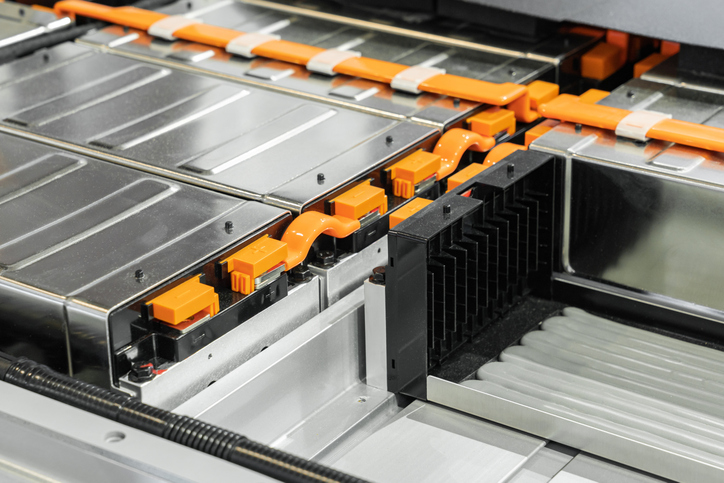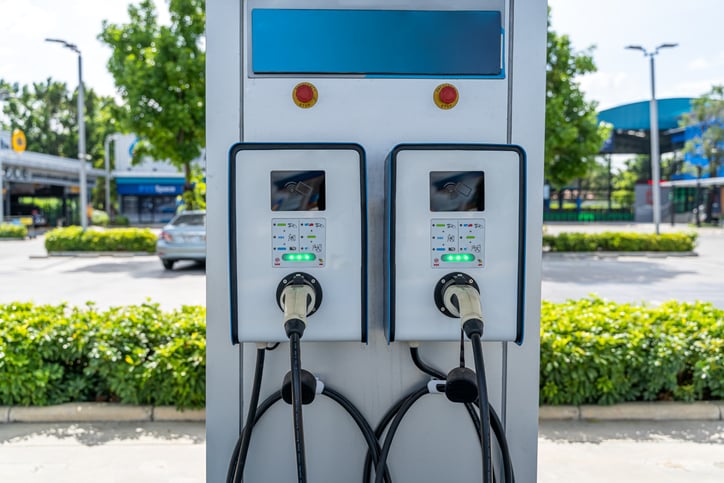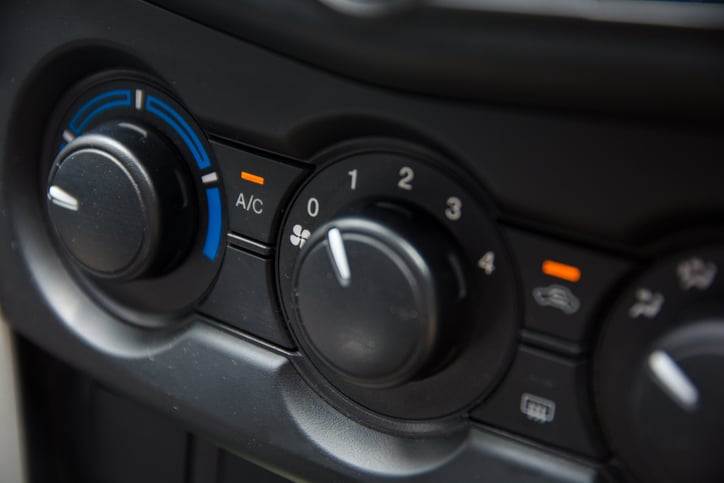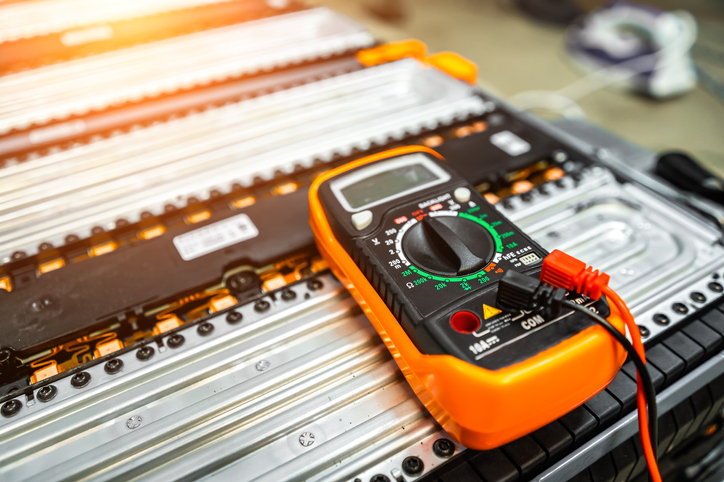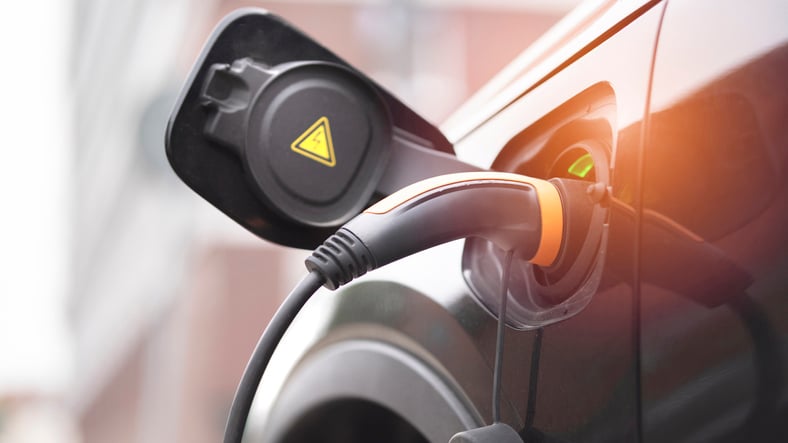Gas Sensor Measurement Setup Steps & Best Practices

Accurate gas sensing starts long before any readings are taken. The setup itself, how air moves, how humidity is controlled, and where the sensor is placed, has more influence on your results than most realize. Get those conditions right, and your data will hold up outside the lab.



